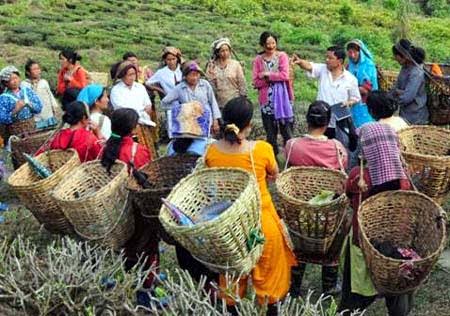“There have been wild fires in Norbung, Ambutia and Sepoydhura tea estates owing to the extended dry spell. This year rainfall is down by 37 % which has resulted in crop loss of 40%,” stated Sandeep Mukherjee, Principal Advisor, Darjeeling Tea Association.
 |
| Wild fire in Darjeeling due to extended dry spell |
According to Mukherjee the first flush suffered badly. “Similar fate is in store for the second flush too if it does not rain in the next few days. The tea industry will suffer irreparable loss this year,” added Mukherjee.
Rainfall in the area has been significantly lower since November last year. “It has resulted in stress condition and no growth of the plants,” said Badal Kumar Laskar, advisory officer, Tea research Association, Darjeeling.
Darjeeling tea has four harvest seasons or flushes- first, second, monsoon and autumn. First flush is harvested from mid February till April end whilst second flush is from mid May till end June. The first and the second flush, mainly exported, usually sustains a Darjeeling tea estate throughout the year.
Subroto Sen, Senior Manager, Badamtam Tea Estate said, “As per our records similar situation had occurred in 1988 when there was hardly any rainfall in April. The plants are dying.”
Around 8 to 9 million kg of Darjeeling tea is produced each year out of which 65% is exported. At present there are 87 tea gardens in the Darjeeling Hills with 17,500 hectares of land under tea cultivation.
The Darjeeling tea industry has a workforce of 55,000 permanent employees and 16,000 temporary workers.
Source: hindustantimes





